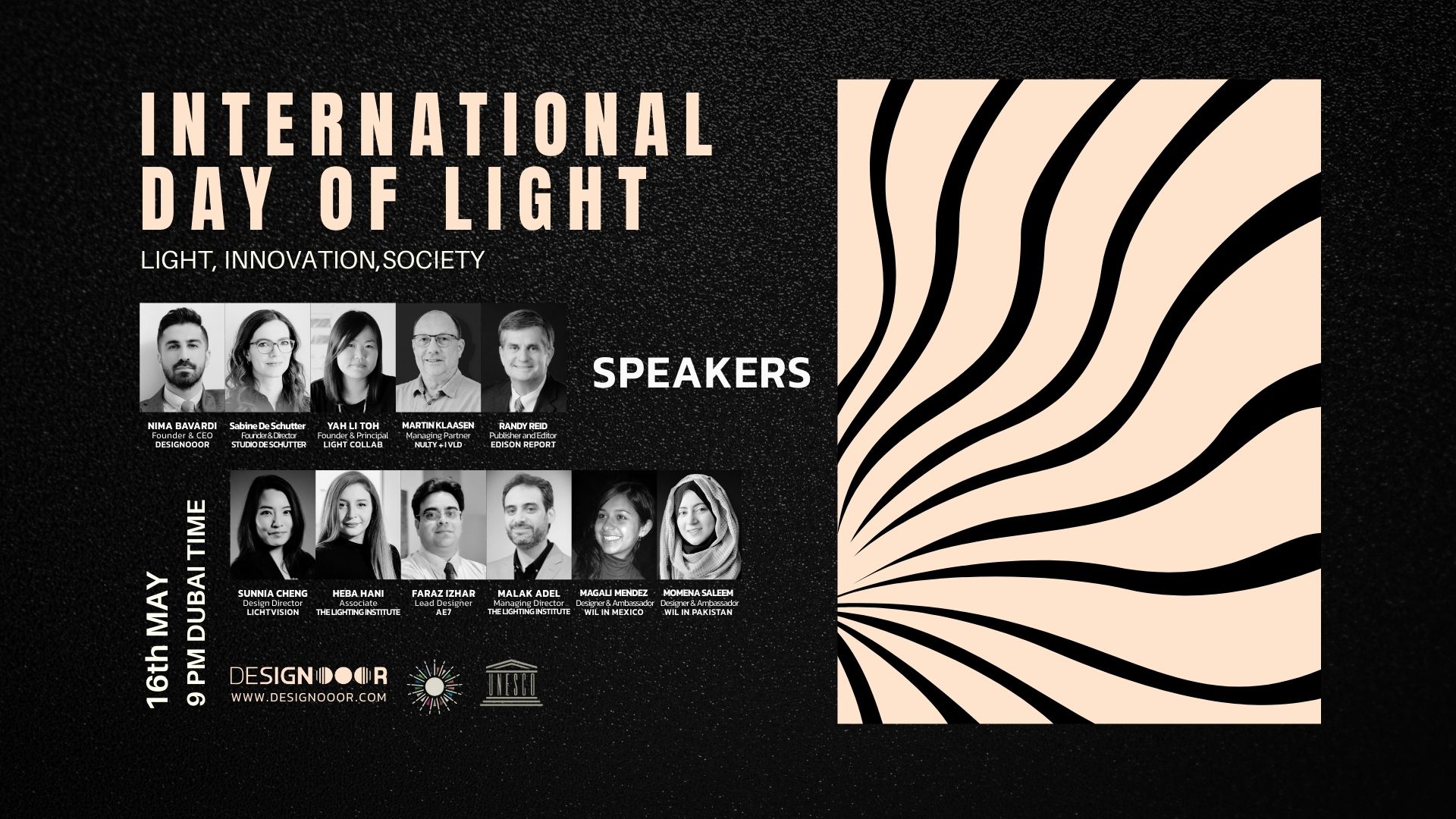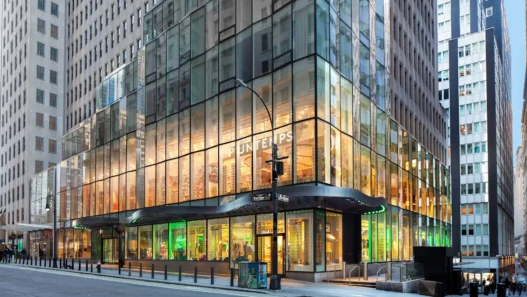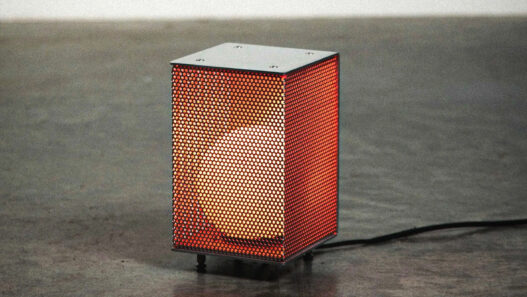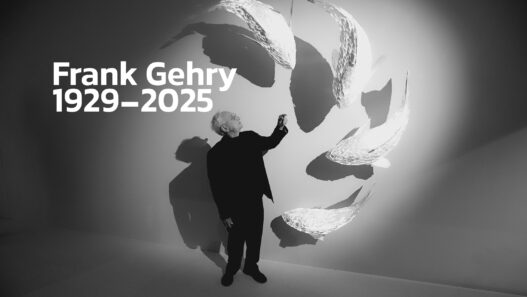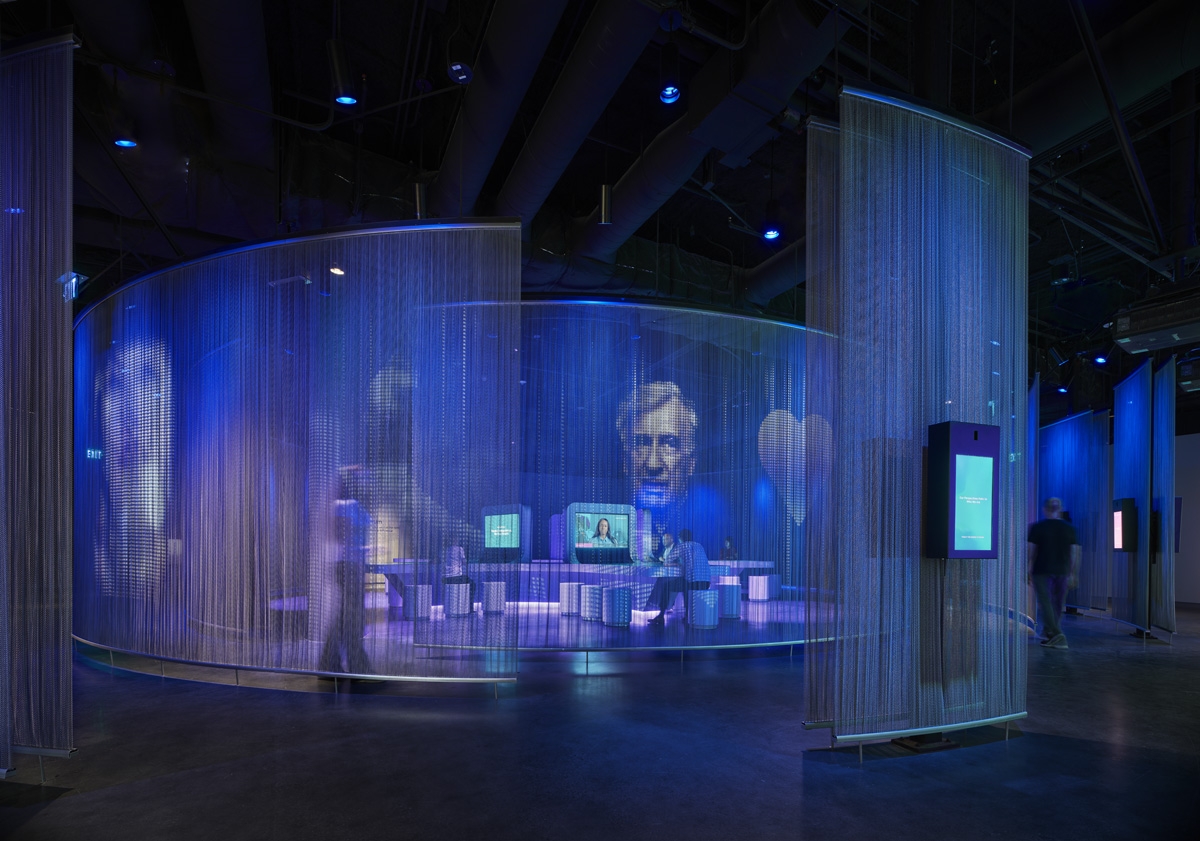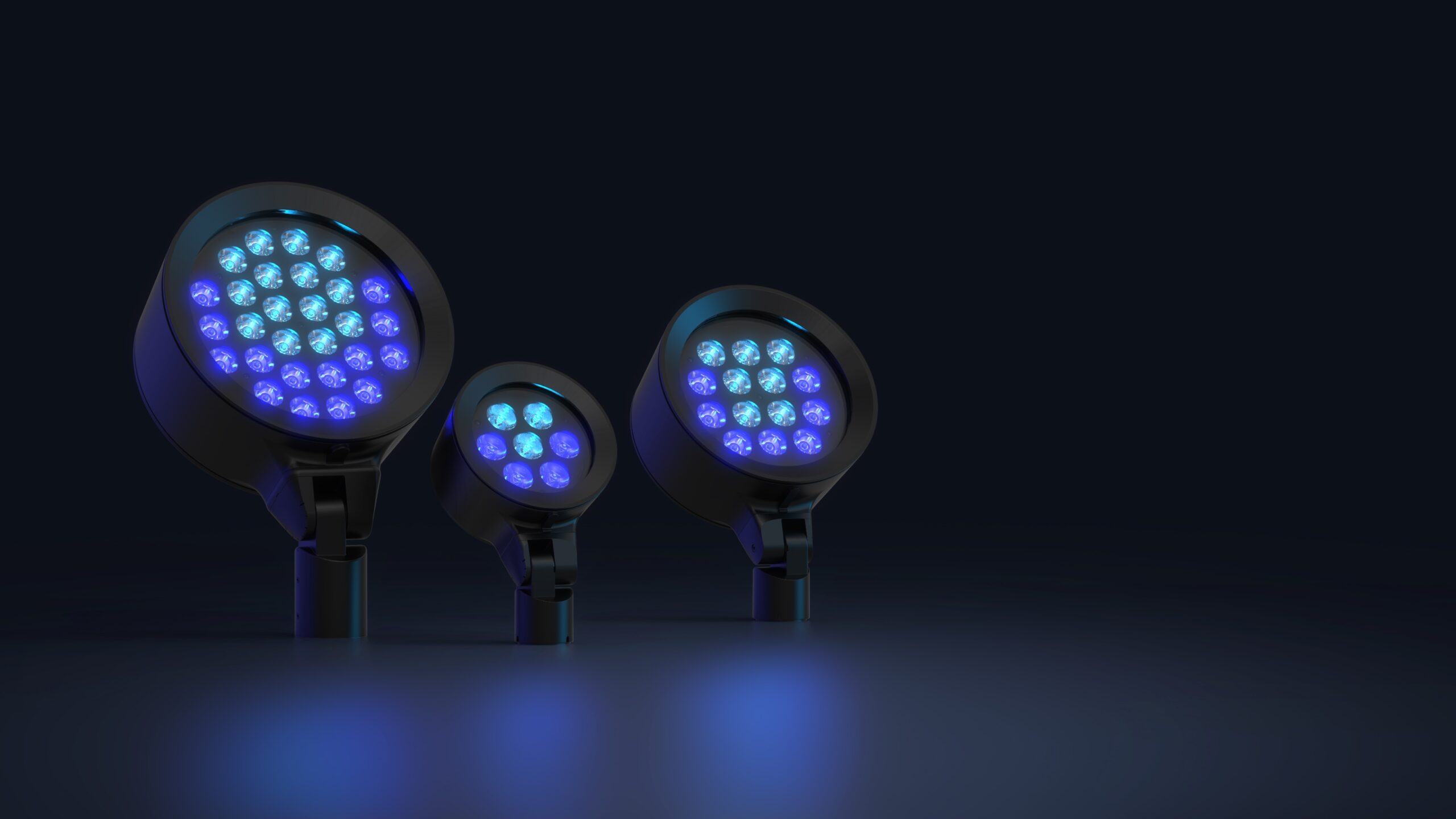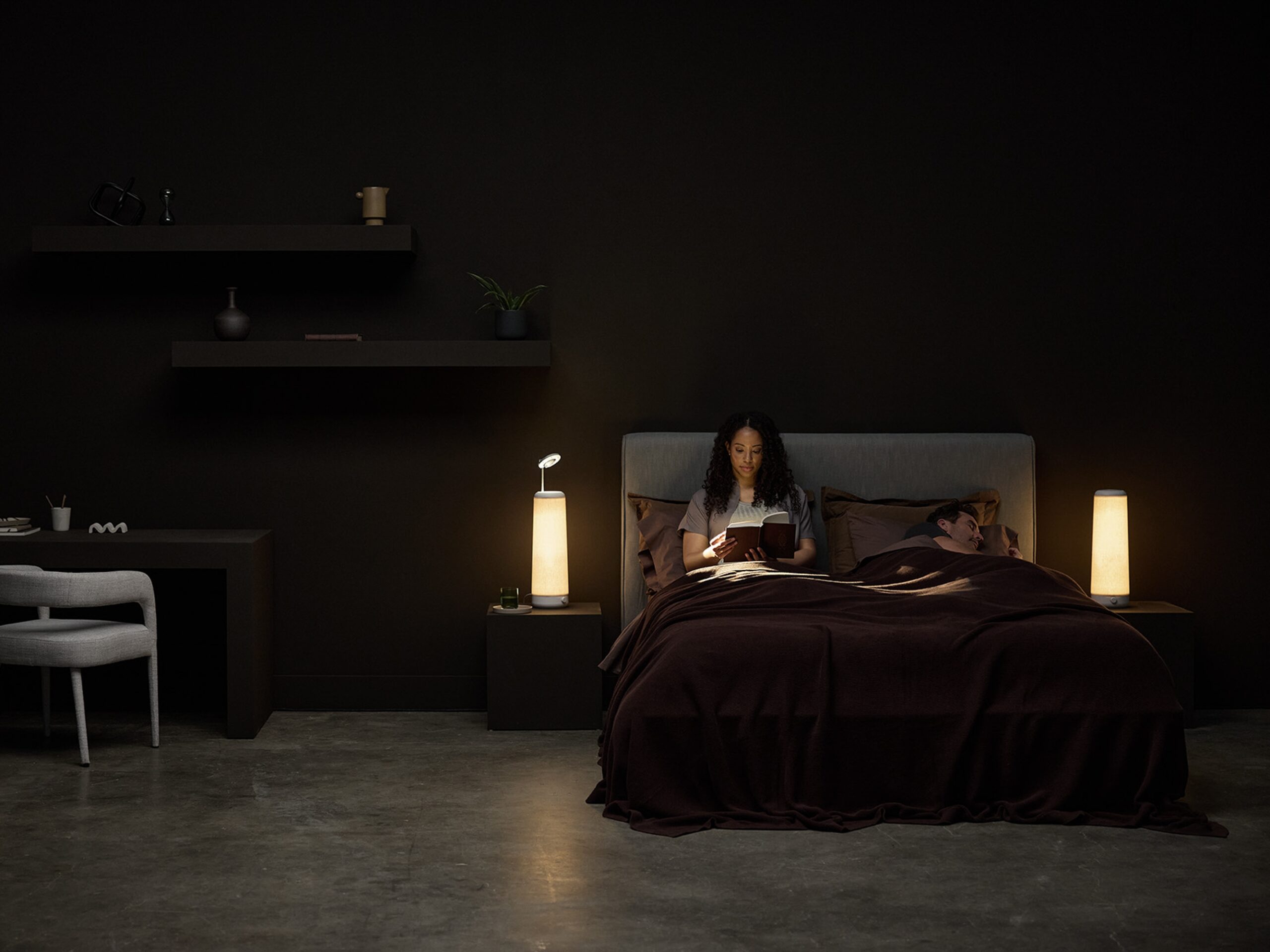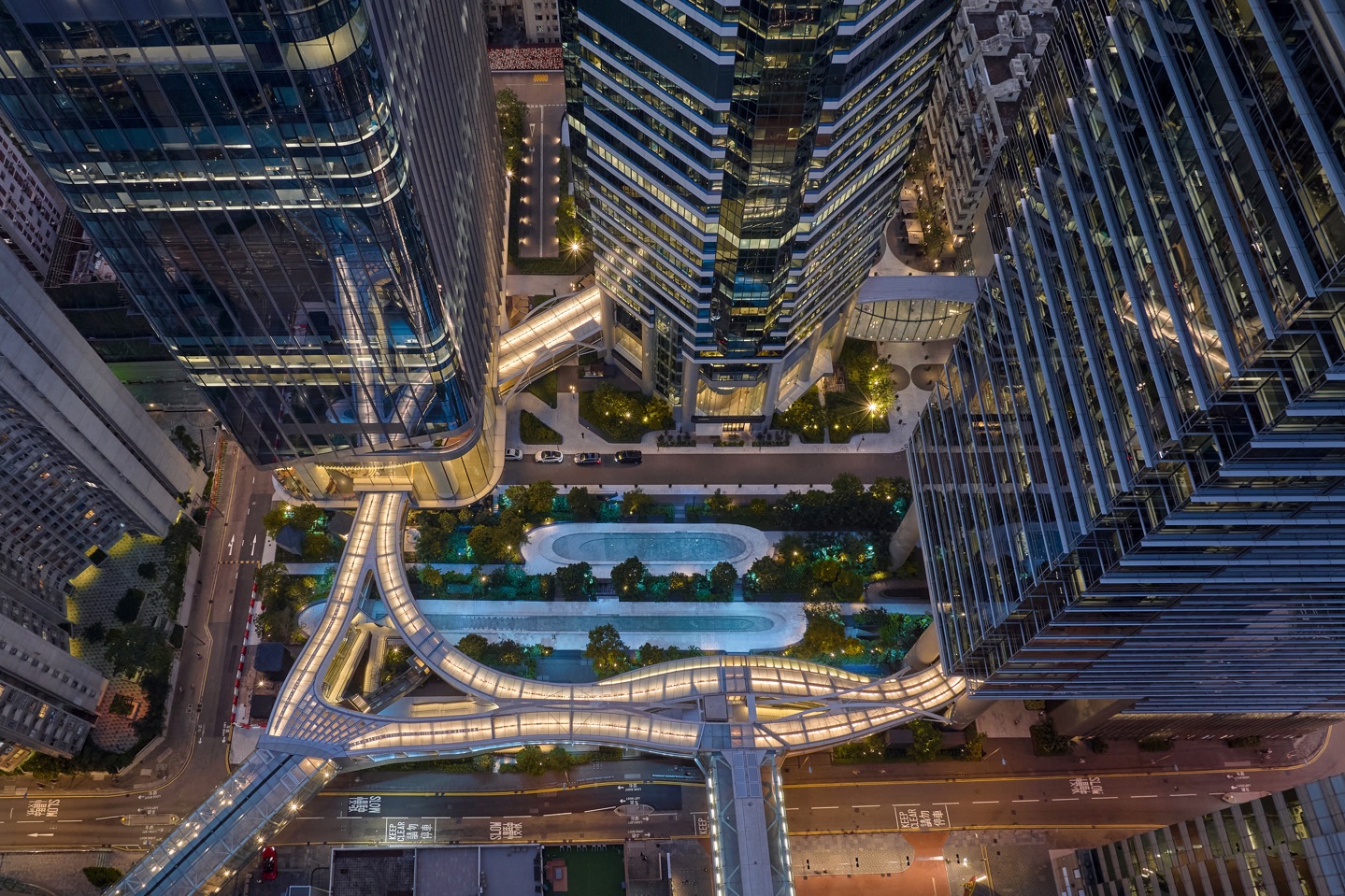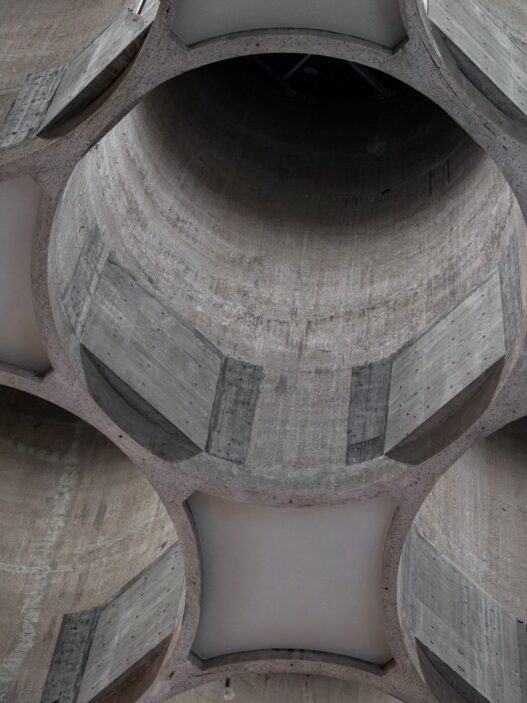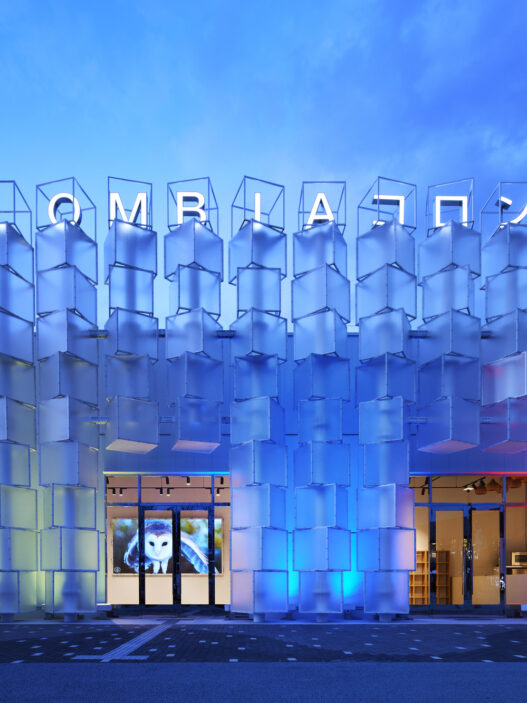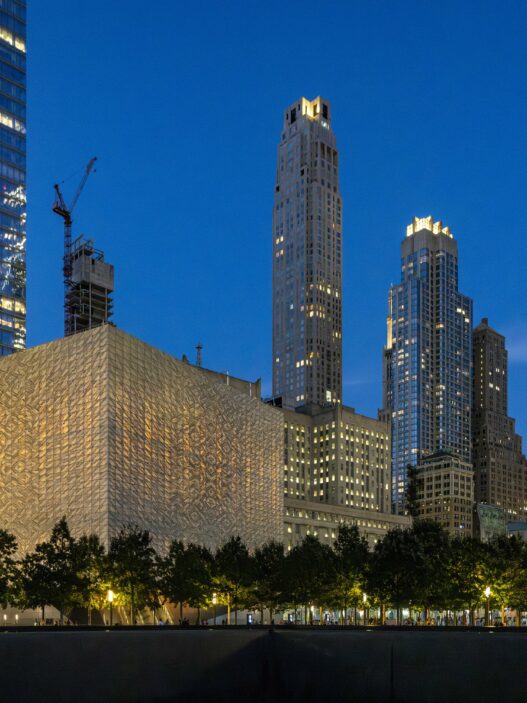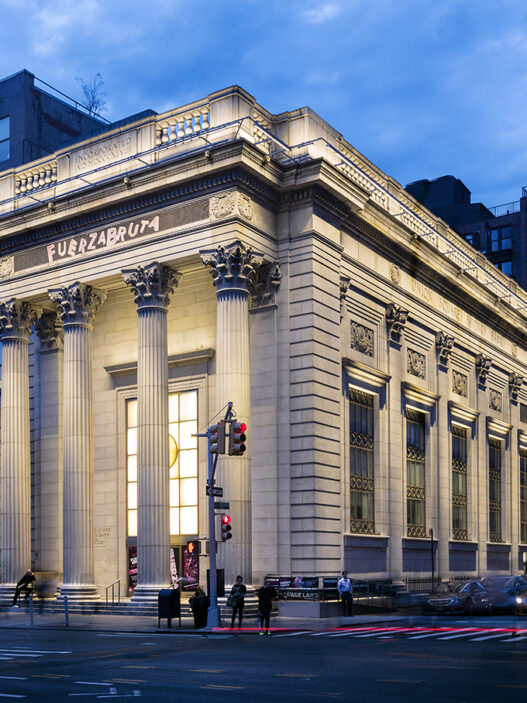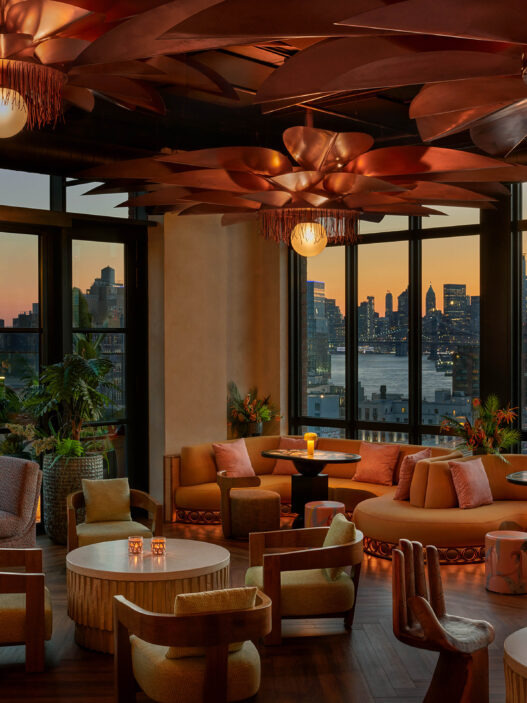Light Dissolves Spatial Boundaries
In the “Social Lab” at the Museum of Tolerance, light is not merely a medium for visibility, it becomes the architecture itself. This immersive space leverages lighting design not as an afterthought to architecture but as a primary driver of spatial perception, emotional engagement, and conceptual depth. The use of RGBW lighting controlled via DMX protocols enables the environment to shift dynamically, reacting to programmed sequences that mirror the psychological and thematic layering of the exhibit.
From the outset, the lighting strategy challenges conventional spatial hierarchies. Through controlled gradients and low ambient levels, the design collapses spatial boundaries and induces a sense of ambiguity, intentional and conceptually aligned with the museum’s critical themes of bias, empathy, and social reflection. The use of semi-transparent metal mesh dividers does not merely segment space but interacts intimately with projected light and shadow. This treatment echoes phenomenological principles found in the work of designers such as Zumthor or Turrell, where perception itself becomes a narrative tool.
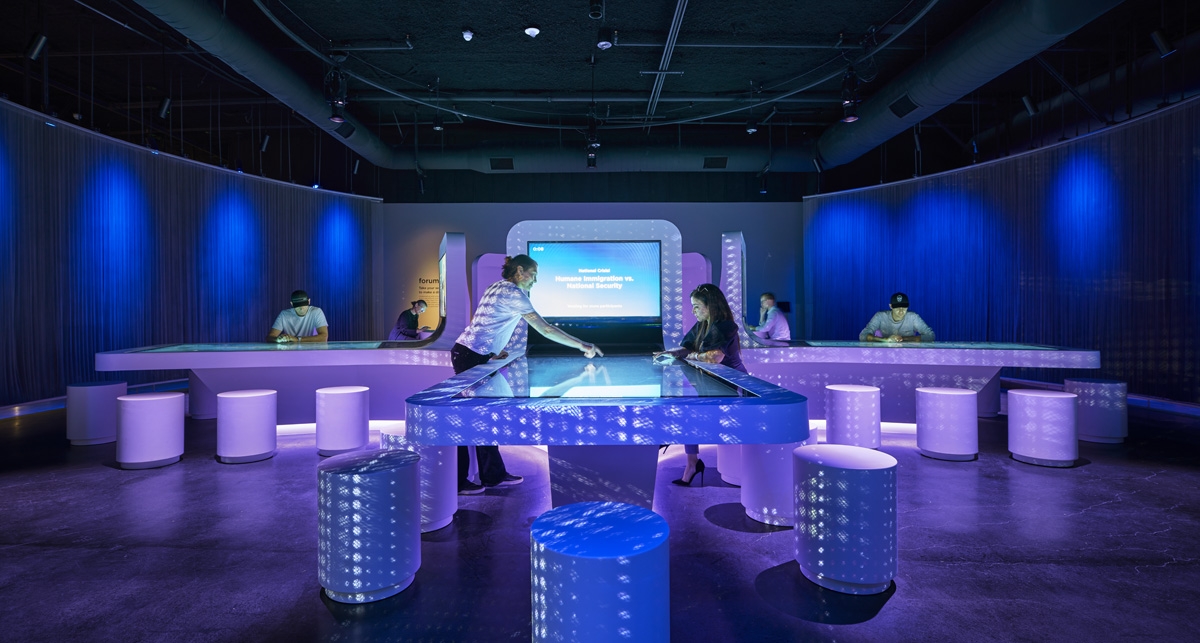
The choice of reflective and diffusive materials, specifically the metal mesh curtains, establishes a dialogue with light. These surfaces do not passively receive illumination but actively shape and redirect it, producing layered shadows and fluctuating opacities. Here, lighting becomes an extension of materiality. The space performs like a living membrane, constantly recalibrating its visual density depending on the viewer’s position, angle, and movement.
More than illuminating, the lighting in Social Lab narrates. Faces projected faintly on mesh surfaces emerge and disappear depending on angle and lighting shifts, evoking an ephemeral presence, ghostlike but deeply human. This method underscores the exhibit’s message of presence, absence, and the fragility of identity in social discourse. The lighting does not insist on visibility, it invites attention, a subtle but powerful distinction that speaks to maturity in conceptual lighting design.

The restrained color palette, dominated by purples, blues, and soft ambers, establishes an introspective, almost meditative mood. Cooler hues contribute to a feeling of stillness and focus, while warm accents prevent sterility. This calibrated emotional response draws on neuroaesthetic principles, particularly the relationship between color, memory, and empathy. Unlike spectacle-driven RGB lighting found in many public installations, here the chromatic choices are deeply intentional and psychologically resonant.
The lighting system demonstrates technical sophistication without excess. By relying on reflectivity and low-luminance strategies, the design achieves high experiential richness with minimal energy output. This approach aligns with sustainable lighting principles, privileging impact per watt over sheer luminance. The controlled use of DMX protocols ensures programmable flexibility while maintaining tight calibration across luminaires and projectors.
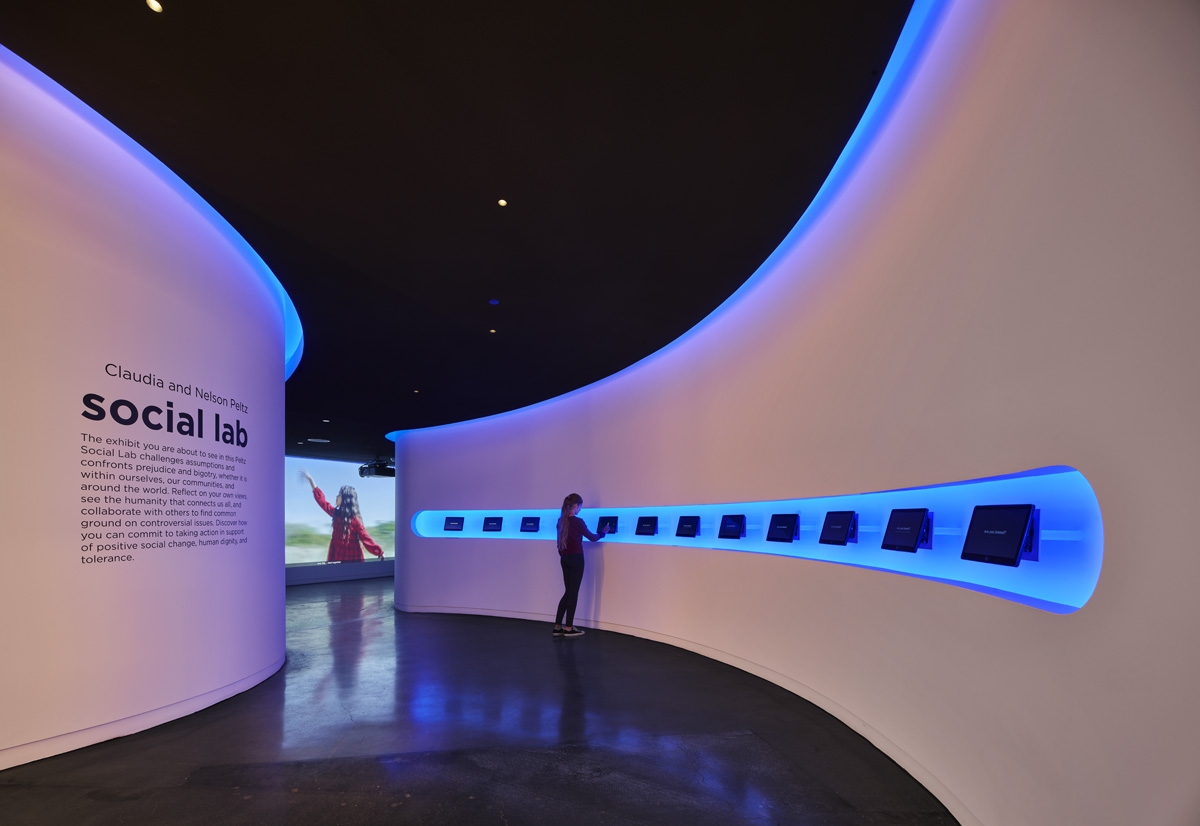
In terms of form, the curved spatial elements are enhanced, not overwhelmed, by the light. Shadows are not treated as residuals of illumination but as active compositional elements. They obscure, disrupt, and complicate the narrative space. This rejection of literal clarity in favor of atmospheric ambiguity marks a key departure from traditional didactic museum lighting.
The lighting design in the Social Lab is exemplary in its ability to serve multiple roles simultaneously: functional illumination, spatial articulation, emotional provocation, and narrative support. It transcends the boundary between technical utility and conceptual artistry. This is not lighting that simply reveals, it interrogates, blurs, transforms. In doing so, it aligns with the highest standards of contemporary lighting design, where form, function, and feeling are indivisible.
Brand : HLB Lighting Design
Designer : Tina Aghassian, Azusa Yabe, Karen Park
Photo Credits : Benny Chan
Prize: LIT Lighting Design Award
